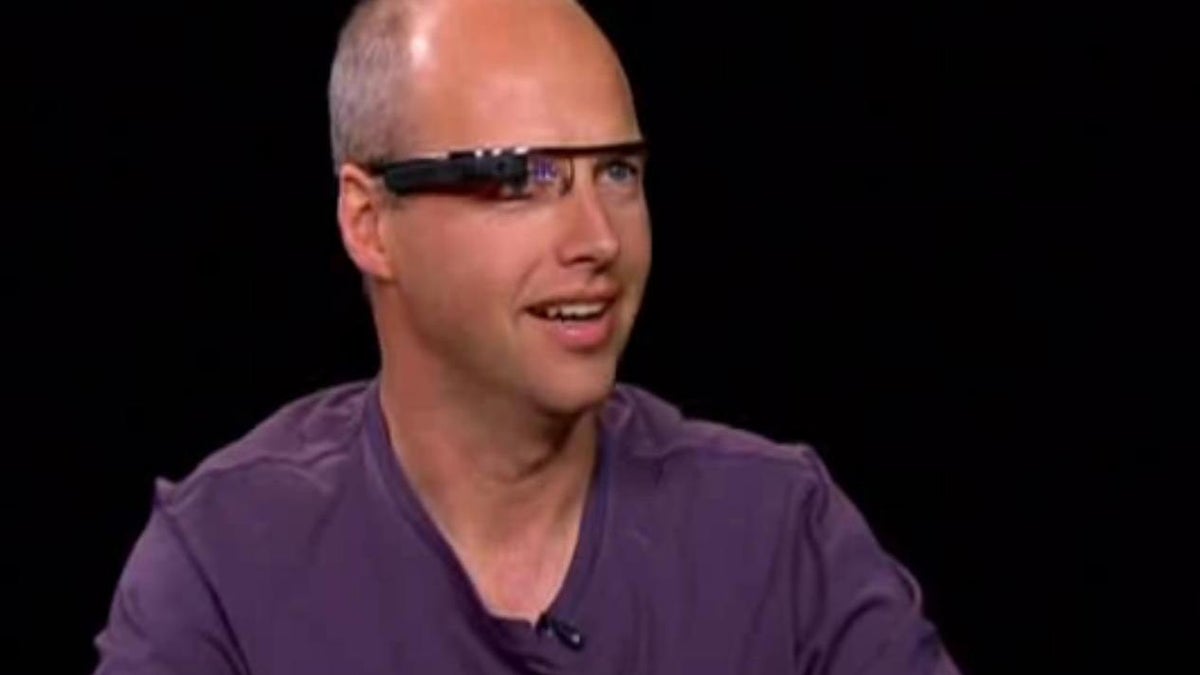First app for Google's Project Glass: Sharing photos
Sebastian Thrun, who works on Google's Project Glass, shows how to operate the wearable computer glasses by taking a photo of Charlie Rose and sharing it on Google Plus.

Sebastian Thrun of Google says that the company's Project Glass glasses are best doing what a smartphone does but in a hands-free way.
The company executive, who works on Project Glass at Google X Labs, wore a prototype of the now-famous glasses during an interview with Charlie Rose which went online today.
He showed how they are operated when he took a photo of Rose by pressing a button, then nodded his head to apparently share the photo with his friends on Google Plus. Two weeks ago, Google founder Sergey Brin was seen at a charity event sporting the glasses as well.
Google caused a stir when it announced Project Glass earlier this month and released a video from the user's perspective of how the glasses can display information onto the person's field of view, allowing him to communicate with friends and pull up information from the Internet as he walks around town.
But Thrun said that the idea of augmented reality, or superimposing digital images over the physical world, isn't the best use for Google's glasses. Instead, it's a good hands-free way of interacting with technology services, he said.
"The thing we like is picture taking," he said and then took a photo of Rose. "I nod and the picture is now visible to (my friends)."
Google has also done experiments with making phone calls with the device, notifying the user of events on a calendar, or having e-mails spoken to the user.
"I can have e-mails read to me, so overall it's very liberating to me," said Thrun, an artificial-intelligence expert who also worked on Google's driverless car. "The hope is to get things out of the way. This is a display that's with you all of the time."
Even with the device on his head, Thrun looked comfortable having it on. He said that the small screen above the right eye provides a window into the Internet, but is not distracting.

